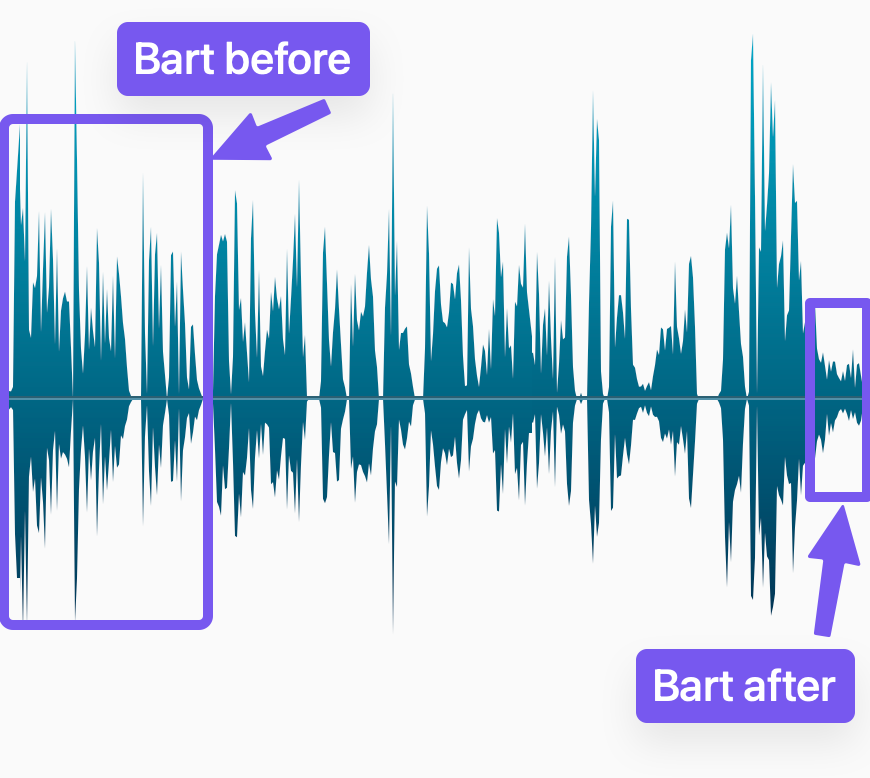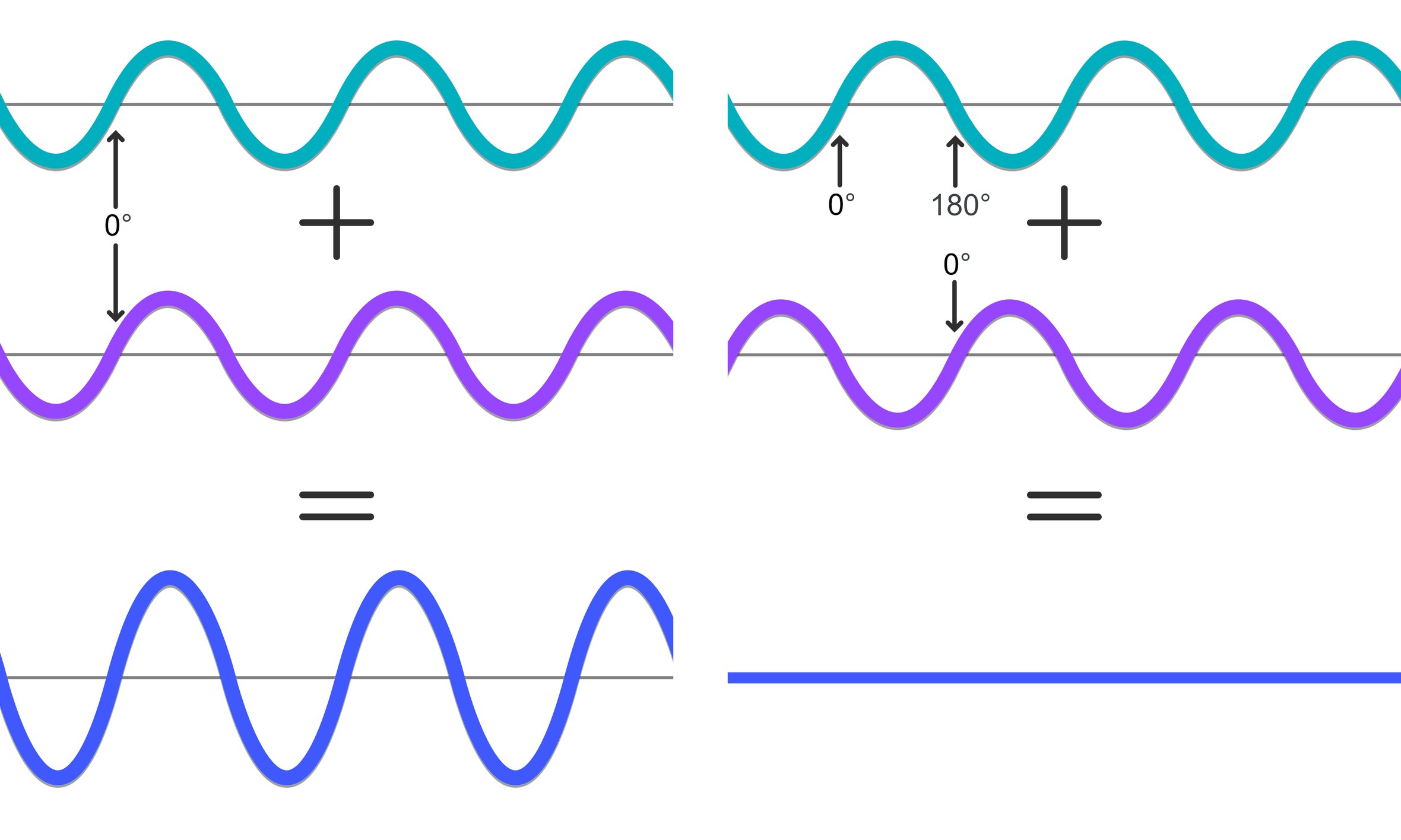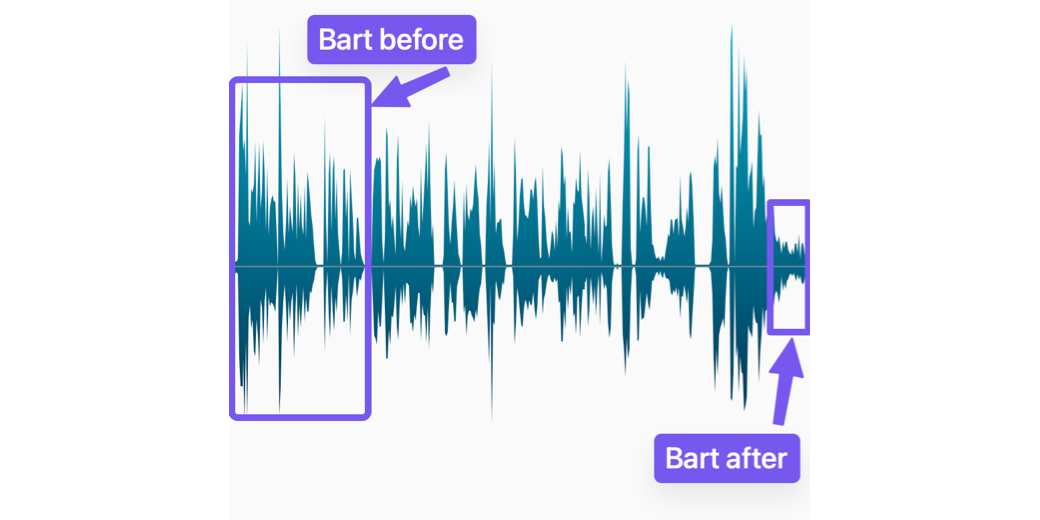
A few weeks ago when Bart and I did our test recording for Security Bits, his audio levels were super slow. He adjusted all of the appropriate software settings and nothing changed. But then he touched his mic and its cable and the problem went away. We thought the problem was just a ghost in the machine so we started recording. Halfway through the recording though, his audio dropped again, and I just let it go, figuring that Auphonic’s leveling would fix it. Unfortunately, when Auphonic raised his audio back up, the noise came up as well and it sounded pretty terrible.
Last week when Bart’s audio dropped dramatically again in the middle of Security Bits, I stopped him because I didn’t want another bad recording. Again he touched his mic cable and his audio popped back up again. Bart said he probably needed to buy a new XLR audio cable for his mic.
Here’s what we heard:
Audio PlayerI’m telling you all of this because we got a fantastic explanation of what is probably happening from an audio engineer who has been listening to the show at least as far back as 2012. Below is an AI transcription of the audio explanation he provided.
Hi Allison, Andy from New Hampshire here. I’m an audio engineer in my day job in large part and have been for many years and when I heard at the end of Security Bits on last week’s show the audio drop and the discussion you had about that I thought that the geekier among the Nossilicastaways might like to know why that would happen.
Now, let me say that this is all conjecture. I don’t know 100% for sure what’s going on, but if replacing the cable solves the problem, then I can tell you why.
The electrical way we send analog audio signals in a professional audio system is a little different from the sort of basic circuits that we typically think of. If you look at an XLR cable, which is the cable we use to connect a professional microphone to an audio interface or something like that, it has three pins.
Each of those pins goes to a different conductor inside the cable. In most cases, it’s two wires and then a shield. The two wires are twisted together inside a metal shield that goes all the way around it and depending on the cable that might be foil or it might be wire wrapped around the outside. There are different ways of doing that for different reasons. The two wires in the middle carry the signal and the shield is the ground.
Okay, if you know a little bit about electricity, why do you need two wires to carry the signal if you’re using the shield as the ground? And the answer is you don’t. Old-fashioned or home-inexpensive microphones are what we call unbalanced, which means there’s a signal wire and a ground and that’s it.
They do something really clever though with pro gear. Now what’s the problem we’re trying to solve? It’s induced noise. Any wire can act like a radio antenna and pick up all sorts of stuff we don’t want – electrical noise in the environment, a radio station, radio waves that come out of your refrigerator when the compressor runs, all sorts of things. If the wire can act like an antenna, it can pick that up and it gets mixed into the audio. And in the analog world, there’s no way to get rid of it. Or is there?
So here’s the idea. It all depends on something called phase cancellation. I bet a lot of people will have run across this someplace, but in case you haven’t, sound is a wave, whether it’s a wave of air pressure coming from the speaker to your ear or from my mouth to the microphone or an electrical wave, it’s a wave and the wave has up and down.
We can add waves together. When they run into each other, they can mix. This is a huge oversimplification, but it’s enough of an understanding, I think, for this purpose. If you have, let’s say, an up of one decibel, and in this case you don’t need to know what a decibel is. It’s just a scale we use to compare how loud sounds are, and how strong they are. Let’s say we have a one-decibel up and a one-decibel down. If they add together, then that’s a plus one and a minus one, and they cancel each other out.

So here’s the trick. The diaphragm inside your microphone, the thing that actually takes the airwaves and turns them into electrical waves, or the cone in your speaker that takes the electrical waves and turns them into airwaves, are called unbalanced devices. There are two wires coming out of them or going into them.
So if we take that signal that comes out of the microphone, let’s say, the diaphragm inside the microphone, split it in half, and then invert the waves in half of it, Take one half and leave it normal, take the other half and turn it upside down. We send each of those down their own wire in the cable. Then when we get to the other end, we take the normal one and leave it as it is. Take the other one, the inverted signal, and flip it again, so now it’s right side up again, and add the two back together.
Okay, what does that buy us? The answer is it makes the noise go away. Why? Here’s the thing. If we have two wires that are twisted together, and I’m not going to go through why the twisting is important, but it kind of is, then the way the noise gets induced, the way the radio signals get picked up are going to be the same in both of them. So when it gets to the audio interface or the mixer or whatever it’s going into and that inverted signal is flipped again to normal, now the signals add together and interfere constructively. In other words, they make each other the total is stronger than either of the two but the noise is now right side up on the normal channel and upside down on the inverted channel because we flipped it and that makes it cancel right again plus one minus one adds to zero and so we end up with a stronger signal and much less noise.
Now there are other ways noise can get into sound systems, but one of the most problematic ones traditionally has been this kind of what we call induced noise that’s basically picking up radio waves that are in the air or other kinds of stray electromagnetic signals like would come from power cables.
So that’s why I would suggest almost certainly if Bart shaking the cable brought the audio back that there’s a little break, an intermittent connection, in one of those signal lines. And it could be either one, you would never know which. If the cable can get taken apart, generally where they fail is right at the connector. If you’re good at soldering you might be able to put it back together – cut a couple of inches off and solder it.
Honestly, I think most of the time it’s not worth it, particularly if you’re using inexpensive cable and/or don’t have a lot of experience with soldering small electronic things. They’re not impossible to solder the way some things are. It’s not a bad thing to learn on, but a lot of the connectors have plastic bodies and if you heat them just a tiny bit too much, then the thing that holds the pins melts and it makes everything infinitely harder and in some cases unsalvageable.
So in any case, I thought that that might be of interest and so I figured I would share it.
Andy’s explanation of how the phase reversal affects the noise points even more certainly to the cable being Bart’s problem. Remember when I said that Auphonic when it raised his audio levels after the failure also raised the noise? I was curious why that happened because it’s part of Auphonic’s magic that it doesn’t raise the noise. We now know from Andy’s explanation that the induced noise was no longer canceled out if only one of the signal wires was functioning and that’s why it sounded so bad.
I really appreciate this explanation, Andy, even though it did take me two passes through listening before I finally understood!

